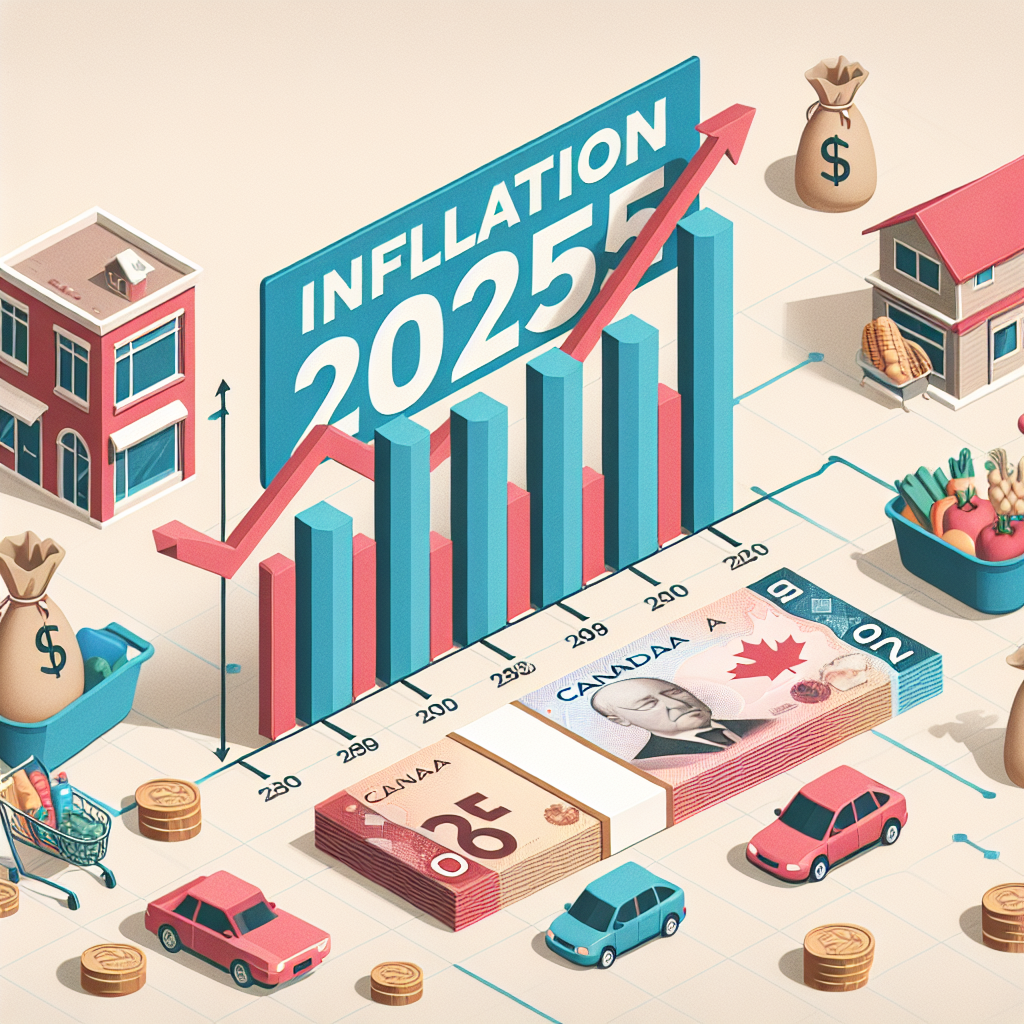Understanding Inflation in Canada 2025: Trends, Implications, and Recommendations
Date: April 2025
As of March 2025, Canada has entered a new phase in its economic landscape as inflation shows signs of cooling. The annual inflation rate has decreased to 2.3% from 2.6% in February, signaling a potential turning point and presenting both challenges and opportunities for businesses and investors alike.
Key Insights
-
Current Inflation Rate:
The Consumer Price Index (CPI) revealed a growth of 2.3% year-over-year as of March 2025, indicating a slight easing compared to prior months. This shift falls below market expectations, which could indicate changing consumer and investor behavior moving forward. -
Economic Indicators:
The marked decline in inflation is significantly attributed to lower gasoline prices, which fell by 1.6% year-over-year after a hefty increase in February. The stability in energy prices suggests a broader economic stabilization, although fluctuations remain a concern. Visualizing this trend is critical to understanding its impact.
An infographic displaying the CPI trends over the past year alongside fluctuations in gasoline prices could visually capture the relationship between energy costs and overall inflation.
-
Bank of Canada’s Position:
The Bank of Canada anticipates that inflation will dwell around the target of 2% through mid-2025, following strategic interest rate cuts that aim to promote economic recovery. This cautious and accommodative policy indicates a focus on maintaining growth while managing inflation effectively. -
Market Implications:
The stabilization of inflation rates is vital for market participants, as this influences interest rates and consumer spending behavior substantially. A favorable inflation outlook could magnify confidence, leading to elevated consumer expenditure and investment across various sectors, especially in real estate and consumer discretionary items. -
Future Projections:
Economists project that inflation may stabilize around 3% for the coming year, with potential risks stemming from commodity price fluctuations and global economic conditions. Investors must keep a close watch on these variables, as they heavily influence monetary policy and market trends.
Conclusion
The recent drop in Canada’s inflation rate reflects an intricate balance of numerous economic factors and will likely reshape market dynamics in 2025. As we navigate through these evolving conditions, staying informed and vigilant regarding inflation indicators, regulatory shifts, and economic forecasts will be crucial for strategic decision-making.
Recommendations for Content Creation
- Infographics on Inflation Trends: Develop visual aids that represent monthly and annual changes in the CPI, emphasizing connections with energy prices to depict fluctuations and projections.
- Educational Blog Series: Create a series of articles diving deeper into inflation drivers, offering heuristic discussions on how these affect personal finance, investment strategies, and consumer behavior.
- Webinars Featuring Economic Experts: Host sessions where economists discuss inflation implications, forecast trends, and provide insights into managing investments during fluctuating economic conditions.
- Reports on Sector Impacts: Generate reports that detail the influences of inflation on different market sectors such as real estate, consumer goods, and technology, equipping investors with actionable insights.
Social Media Updates
-
Twitter Update:
“📉 Canada’s inflation rate drops to 2.3% in March 2025! With lower gasoline prices contributing to this shift, what does it mean for consumer spending? #CanadianEconomy #InflationInsights” -
LinkedIn Post:
“In March 2025, Canada’s inflation rate cooled to 2.3%. The Bank of Canada’s accommodative stance suggests an ongoing focus on sustainable growth. How will this influence your investment strategy? Read our latest insights: Link to Blog #Finance #Investment” -
Instagram Carousel:
Create a multi-image carousel posing questions about inflation perceptions, featuring statistics and images such as upward/downward price trends, with accompanying captions that guide followers to our comprehensive analysis.
Through these efforts, we aim to keep our audience informed, educated, and engaged on the ever-evolving economic landscape in Canada concerning inflation in 2025.
